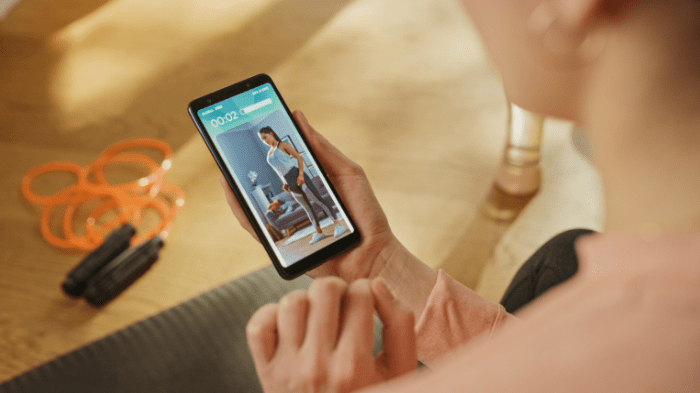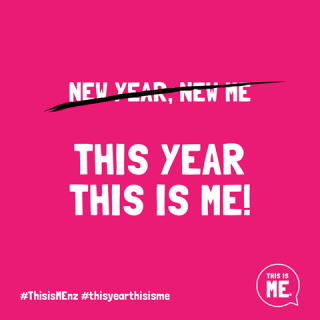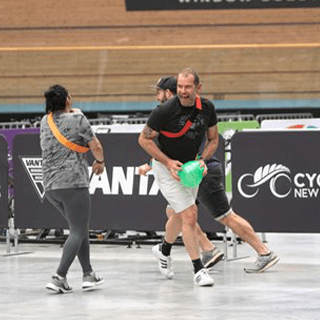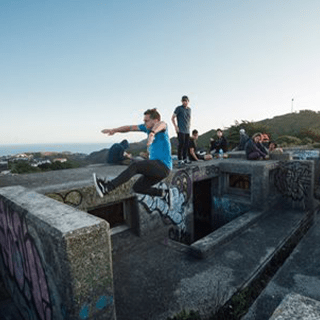Who (or what) is influencing our young people in a digital age?

“What are your key influences to participating in physical activity?” This question was asked in the Sport Waikato Student Voice - Moving Waikato Youth Survey. 55% of secondary school students answered that their peers are the main influencers. Following this, we have whaanau, teachers, coaches, others, and school staff.
But what do we define as peer influence in 2025?
For those of us who have social media and access to smartphones, computers, etc., we know what it's like to have a constant eye on what everyone else around us is doing. We know that Jackie is on holiday with family, we know that Brad has tried a new restaurant, and we know that Claire has started a new job in project management.
This doesn't change with our physical activity habits, whether it be a mirror selfie shared from the gym, a new run posted on Strava, or a notification that a friend is challenging you through your Apple Watch. Influence in the digital world is all around us, and there is plenty of evidence to suggest that this can affect our habits, thoughts, and even how we feel.
If we look at the bigger picture, we know this also extends beyond the people we know in the physical world; influence also comes from social media influencers, content creators, celebrities, and hundreds of ever-changing social media trends.
Prior to the launch of Facebook and other popular social media channels in the late 2000s, being influenced by a peer might have meant that your friend had taken up a new sport and told you about it, or as a student, you had seen others involved in physical activity at school.
With the rise of social media, rangatahi are subjected to a whole other side of peer influence that continues even after they leave the school gate.
Currently, with the secondary school space being filled by Gen Z and now Gen Alpha, described as the “digital natives," I think there is a pretty big possibility that the online world plays a part in participating in physical activity for our rangatahi.
While discussing the results of the Moving Waikato Youth Survey with colleagues and physical activity providers, someone remarked that they were surprised to see running in the top activities amongst what rangatahi had said they want to do more of.
Straight away, the ‘running revolution’ social media trend popped into my mind. In 2024, we saw the rise of the run club, with clubs popping up and growing in popularity around New Zealand and the world. Popular clubs like 445 and many others all use social media as a way to reach their audience. Running content is trending on Instagram and TikTok, with the #RunTok gaining over 1 billion views. This influence has made itself known offline, with big chain stores like Rebel Sport reporting increased sales in running shoes and ACC reporting increased claims for running injuries.
I myself have fallen victim to the revolution after joining a run club late last year after a friend asked me to join her. I had never thought once about joining a run club in my life and had never been a runner.
So what is the key message here?
A friend asking me to join a run club with her counts as peer influence, yes, but the continuous online influence, the hundreds of Instagram stories, reels, and TikToks I had already seen, and the desire to be part of the trend were what made me happily agree to join and get excited about a 5:30am start.
Though I am not in secondary school, I am Gen Z and I know what it's like to grow up with smartphones and social media. In this example, I believe that social media had a positive influence on me as it increased my weekly physical activity and social interaction by meeting new friends through the run club. Though this influence also has its dark side.
Fitspiration content, described as social media posts intended to inspire physical fitness and promote health, is very easy to come across on popular social media such as TikTok, and the more you watch and interact with them, the more the algorithm feeds them to you. But, research into this content has found significant downsides, including increased issues with body image, body dissatisfaction, and negative mood, especially in young people. I too know how easy it can be to start comparing yourself to others when being exposed to this content.
Positive or negative, rangatahi are growing up in a world where they are constantly surrounded by online influence, and this isn’t going to go away any time soon.
What we can do is increase our awareness and understanding of how these influences may affect rangatahi and their participation. To effectively support secondary students and encourage their physical activity, we must first understand their world. The digital landscape is a powerful force, shaping their habits and perceptions in ways we might not fully grasp. By acknowledging both the positive and negative impacts of social media and peer influence, we can better guide our rangatahi towards healthier and well-rounded active lifestyles.


